
Empowering Advanced Electronics with Layered Materials and Wide-Bandgap Semiconductors
The ETMOS project develops diodes and transistors based on MoS2, SiC and GaN


The ETMOS project develops diodes and transistors based on MoS2, SiC and GaN

The IIT researcher focuses on the interface between the bio and nano realms
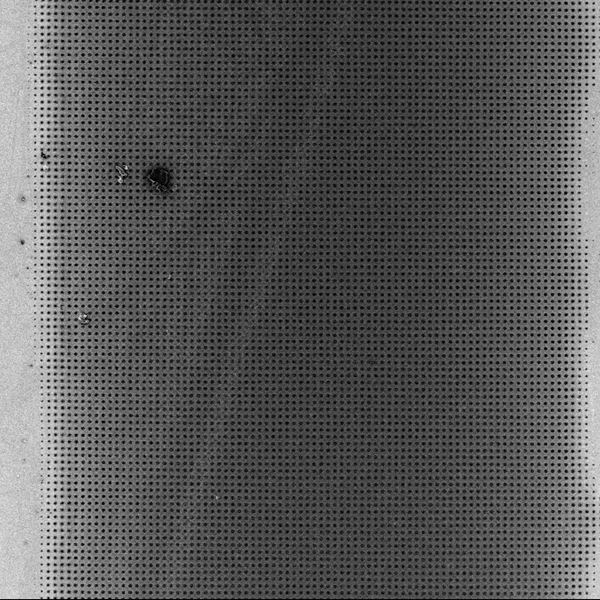
A new method for creating nanopatterns on layered materials
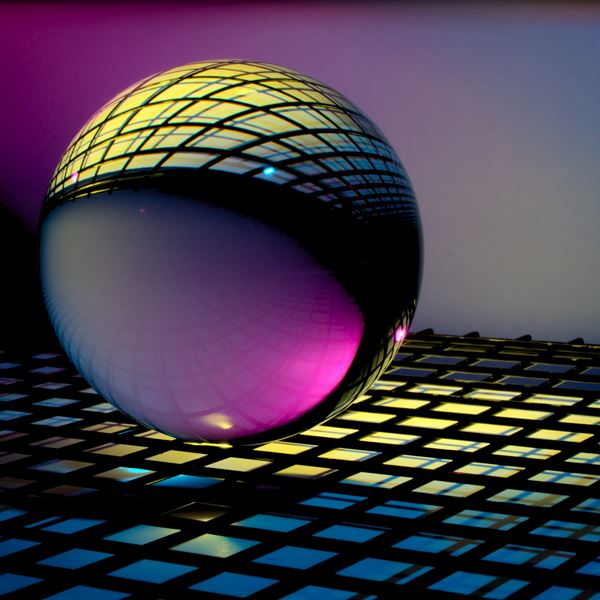
Unveiling the potential of layered materials as building blocks for quantum technologies
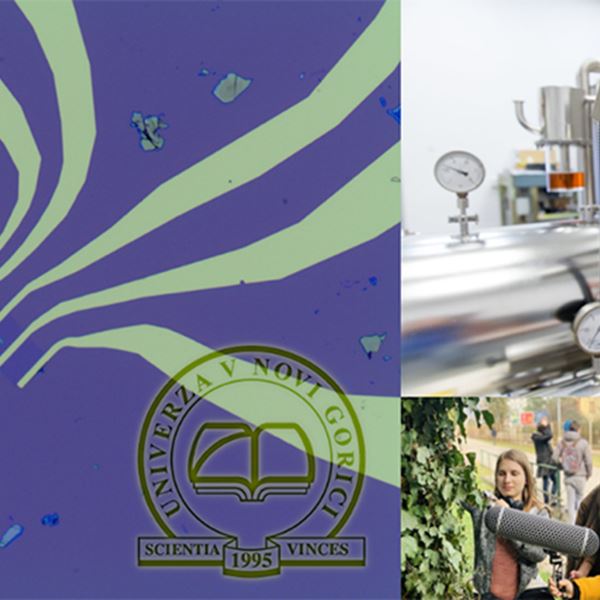
A summer school and new results on Ti3C2 MXene
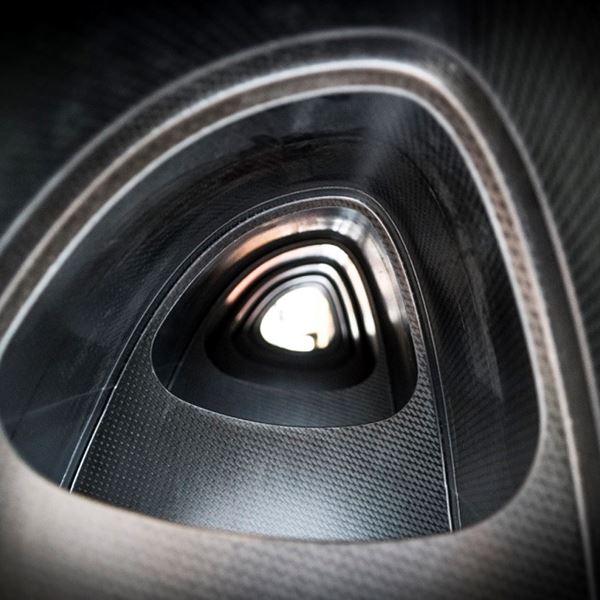
The Graphene Flagship will highlight its partners’ latest innovations in graphene composites at JEC World, which is the world’s leading composites show. Between 25 April and 27 April 2023, this event – which will take place in Paris-Nord Villepinte – will bring together professionals from research, business and government within the context of the composite materials industry.
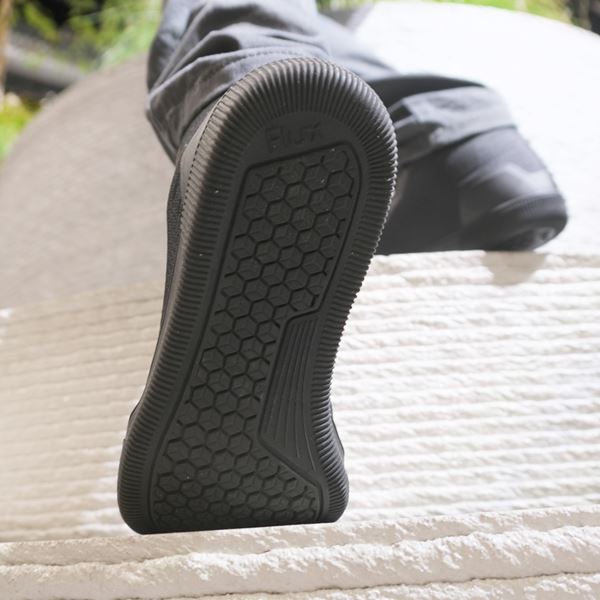
Some examples of graphene-rubber applied to sports and shoes

An interview about the life of a spintronics researcher
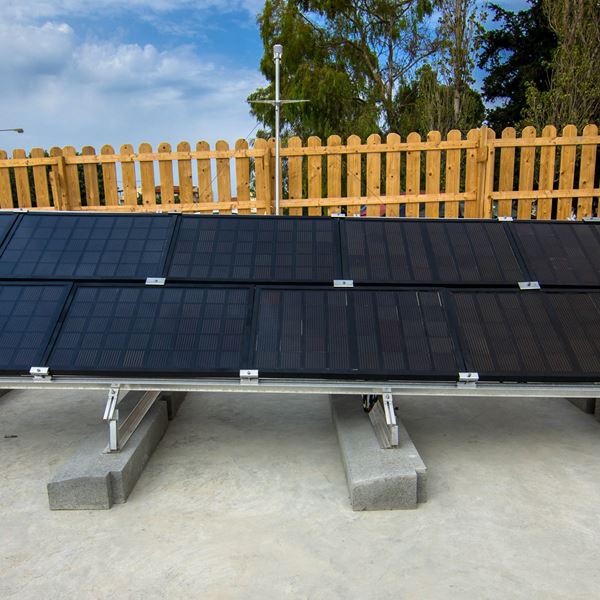
Making progress in photovoltaics
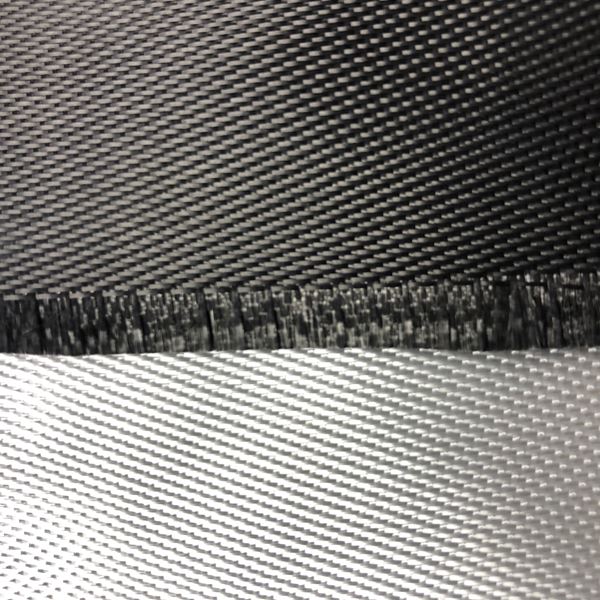
Graphene offers plenty of new functionalities to glass fibres

Graphene integrated with other materials brings new products to the forefront of innovation - an exciting advancement that we will be exploring in our "Materials of the future" series. We begin this series with metals.

BLACKLEAF uses a simple method with just three ingredients
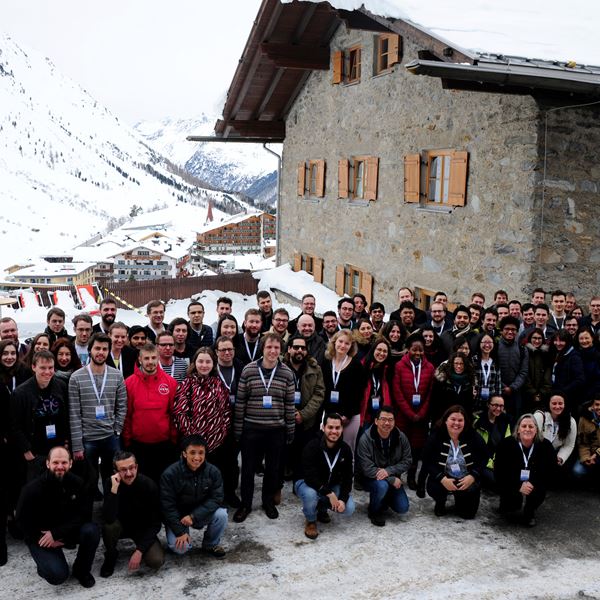
Graphene Flagship winter school trains the future experts of graphene and 2D materials
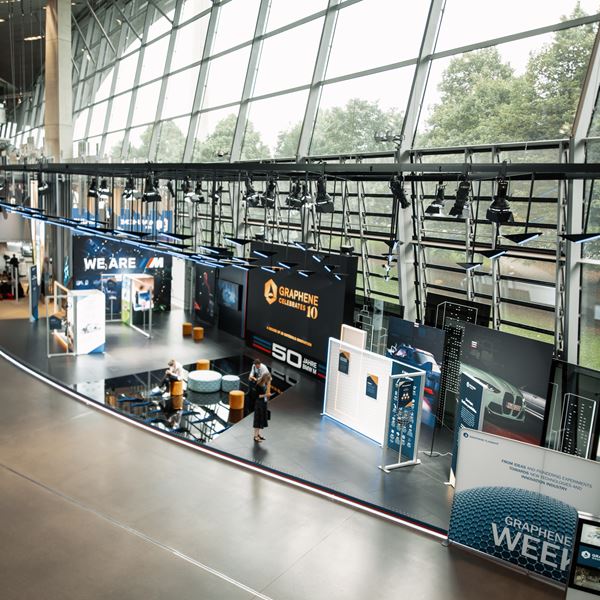
Welcome to the Graphene Pavilion. Ali Shaygan Nia, business developer for the Graphene Flagship will be your tour guide.